Graceful esse handle decorated with two dog heads at the ends and subtle engravings on the whole of the object make it an ewer of great beauty and rare finesse.
The decoration engraved on the body and the whole of the object, very thin leaves and flowering plants
The arts and letters, period clothing, carpets and silk make these places a source of happiness for collectors of ancient Islamic objects.
The use of ewers, was mainly intended for ablutions, to wash the face and the hands, at the time of the religious ceremonies.
"The feast of the initiates, standing ready to serve, beauties everywhere hold the ewer in their hands; the faiths of love wash their hands with all their soul; while the beauties pour the water, the ewer by hand "Reading and translation, AS Melikian-Chirvani, 1973 p 119.
From the 18th century and in very good condition.
These wonderful bronzes, were under the Safavid or Kadjar and Mughal dynasties, and in other countries around Persia, a prominent alternative to silver and they enjoyed the same status.
The Mughals are originally from Persia and the Middle East, but entered India in the 15th / 16th century. Around the 17th century, they reigned over the entire Indian subcontinent.
These objects have certainly lived by being the centerpieces of Persian houses and of Central Asia and India.
# The last photo shows an ewer circa 1220-1240 from the Berlin Museum, note that the general shape remains the same.
Dimensions: Height: 24.5 cm - Width: 28 cm, weight: grs
We have other ewers from different sources on Proantic.
FREE SHIPPING FOR FRANCE by colissimo 0 € / EUR 25 € / WORLD 50 €
For more information you can reach me on 06 13 36 09 30 or on winsteinprovence@gmail.com
www.winsteinprovence.com
# # My new book " Treasures from here and elsewhere, on the Silk Road "is available for the price of € 35
# # My book" From Persia to the Caucasus "remains available for the price of € 30














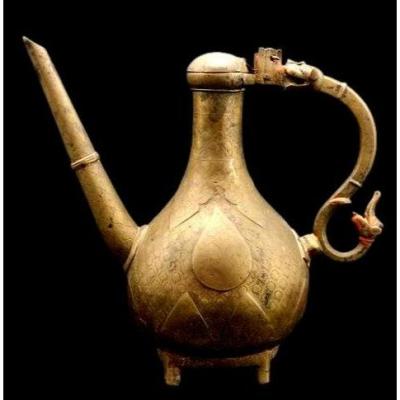












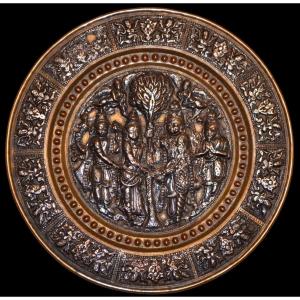
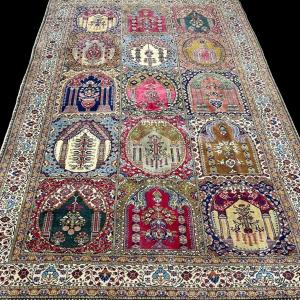



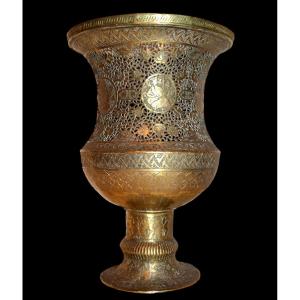


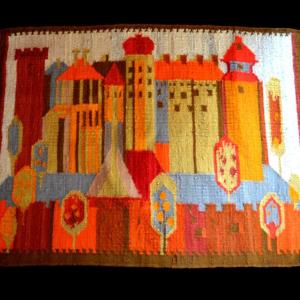


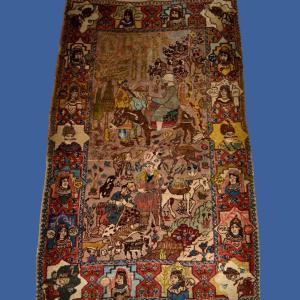
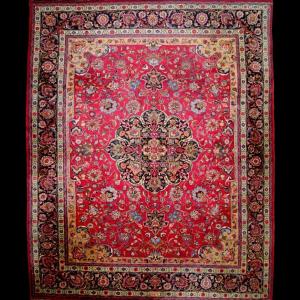




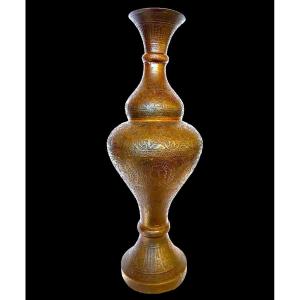
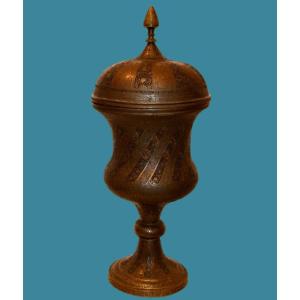




 Le Magazine de PROANTIC
Le Magazine de PROANTIC TRÉSORS Magazine
TRÉSORS Magazine Rivista Artiquariato
Rivista Artiquariato